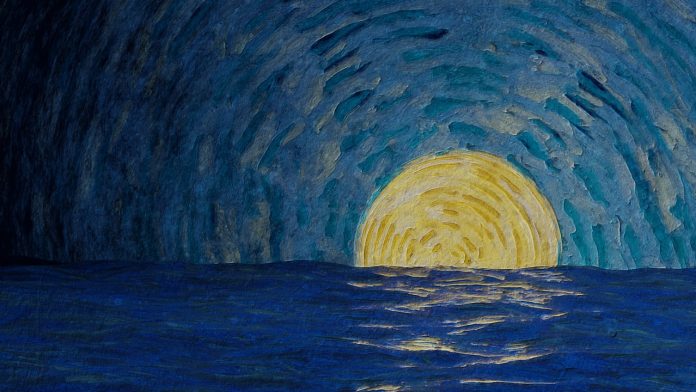For both hobbyists and professionals in the 3D printing game, you can never go wrong with a well-designed Creality 3D printer. The impressive design and reliability of the Creality 3D printer mean that customers will always keep coming back as well as sharing the message to grow the printer’s customer base.
It is possible to have more than a dozen machines running at the same time; that’s how effective and easy to use these machines are. Creality printers can run for extended periods with little to no servicing required. If you own a business that makes use of multiple machines for printing, the efficiency and reliability of Creality 3D printers mean you can relax in the knowledge that you will likely face very few breakdowns. Let’s focus on the critical components of a 3D printer.
Understanding a 3D printer’s makeup
An efficient 3D printer that utilizes FDM is made up of various parts, including:
- Print bed
It is on this platform that your designs are printed. Most print beds are made of glass sheets combined with a surface on which plastic can stick and a heating element. Print beds are mainly heated to prevent the warping of plastic components as they cool.
- Filament
Filaments are the unique plastics that are used by the printer to create finished objects. There are mainly two sizes in official use: 3mm and 1.75mm.
- Bed surface
This surface is designed to force the plastic to adhere to the bed as printing takes place. It also allows easy removal of the plastic once the operation is over. All-purpose bed surfaces include PEI and BuildTak film. It is best to select the particular surface you are interested in based on what you want to use as material in your 3D printing operation.
- Bed leveling
Many 3D printers come equipped with mechanisms to automatically level the bed and keep it aligned to the nozzle. Cheaper models force you to calibrate the bed manually.
- Extruders
This is the central component of a quality 3D printer. The plastic is drawn in, heated up to melting, and then gets pushed out. A classic extruder has two parts: cold end and a hot end. Many cold ends contain motors that draw filaments in and then push them through the machine’s mechanism.
Bowden setup vs. direct drive setups: Direct drive extruders have connected hot and cold ends. Filaments pass straight through the cold end and into the hot end. Bowden setups have separated cold and hot ends. Cold ends are stationary and firmly attached to the printer frame. The filament is squeezed through a Bowden tube to a hot end.
- Hobbed gear
This is a gear uniquely designed to grab onto the filament and force it down through the hot end.
- Hot end fan
This component is designed to ensure that heat produced does not melt the plastic before it has a chance to reach the nozzle. In 3D printing, this is called heat creep. It can lead to jams within the machine.
Conclusion
Creality 3D printers are literal game-changers due to how easily they enable even novices to get up and running with 3D printing. The most efficient printers have many essential components that you must learn about, including hot end fans, hobbed gears, extruders, and bed leveling.











